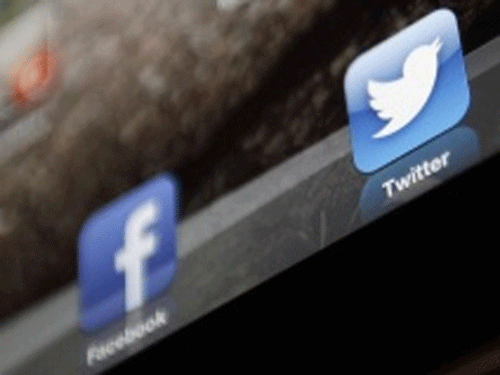
Tweets and Facebook posts could be a new tool to help curb the spread of HIV, scientists have found.
Although public health researchers have focused early applications of social media on reliably monitoring the spread of diseases such as the flu, Sean Young of the Center for Digital Behavior at the University of California, Los Angeles, said in the future, social media might predict and even change biomedical outcomes.
"We know that mining social media will have huge potential benefits for many areas of medicine in the future, but we're still in the early stages of testing how powerful these technologies will be," Young said.
With the right tools in place, he said, social media offers a rich source of psychological and health-related data generated in an environment in which people are often willing to share freely.
Insights gleaned from social media could be used to help governments, public health departments, hospitals, and caretakers monitor people's health behaviours "to know where, when, and how we might be able to prevent HIV transmission," Young believes.
In an article in the Cell Press journal Trends in Microbiology, Young detailed a social-media-based intervention in which African American and Latino men who have sex with men shared a tremendous amount of personal information through social media, including when or whether they had 'come out,' as well as experiences of homelessness and stigmatisation.
Researchers found that people who discussed HIV prevention topics on social media were more than twice as likely to later request an HIV test.
In the context of HIV prevention, tweets have also been shown to identify people who are currently or soon to engage in sexual- or drug-related risk behaviours.
Those tweets can be mapped to particular locations and related to actual HIV trends, researchers found.
What's needed now is the updated infrastructure and sophisticated toolkits to handle all of those data, Young said, noting that there are about 500 million communications sent every day on Twitter alone.
He is working with a team of University of California computer scientists to meet that challenge now.